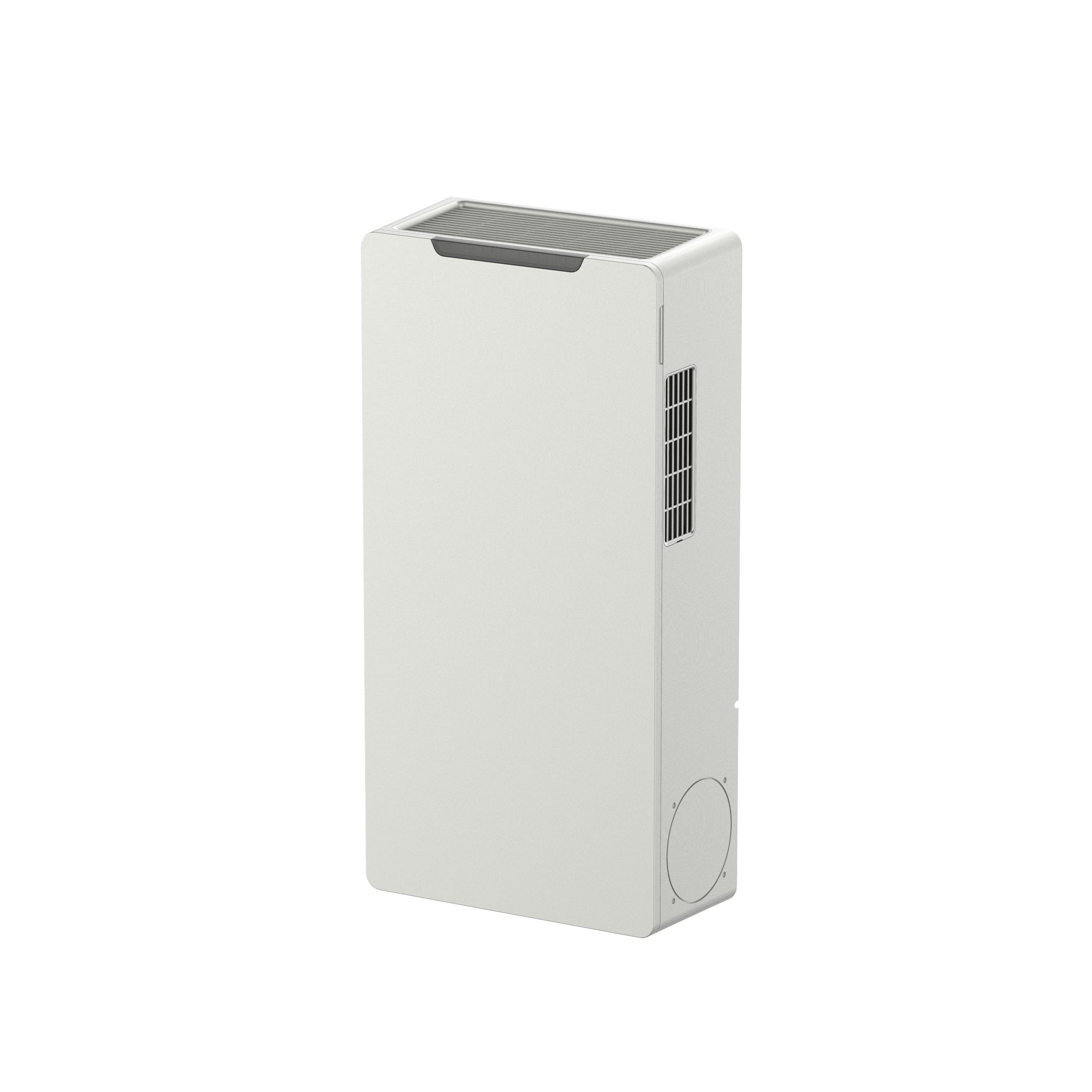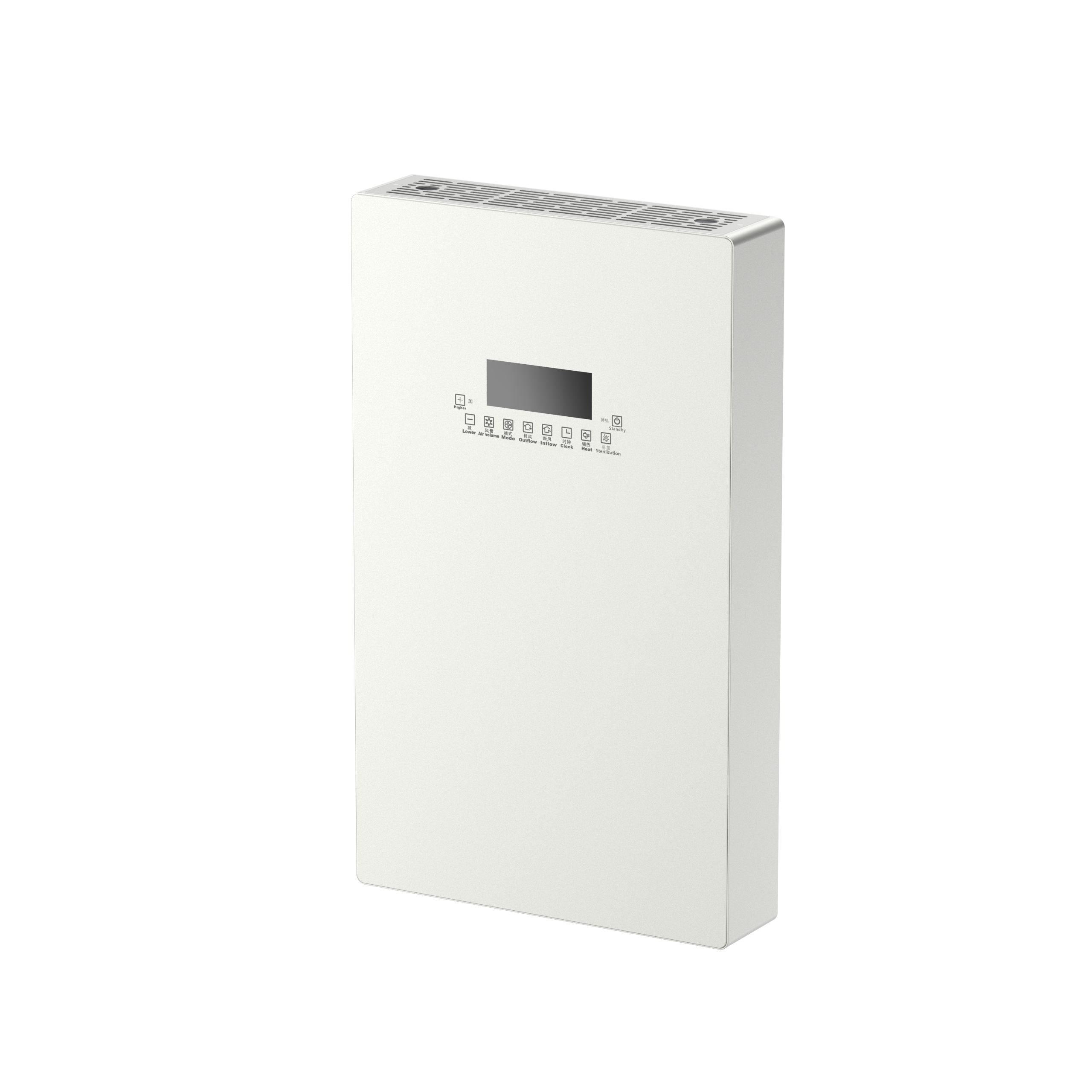What Are the Best Applications for Air Ventilators in Buildings
Enhancing building environments with effective ventilation
Air Ventilators play an essential role in maintaining indoor air quality, comfort, and overall building health. By improving airflow and ensuring a steady exchange between indoor and outdoor environments, they reduce the risks of poor ventilation such as humidity buildup, stale air, and contaminants. In modern construction, Air Ventilators are increasingly being adopted not just for comfort but also for energy efficiency and compliance with green building standards. Understanding the best applications of Air Ventilators allows builders, architects, and property managers to maximize their benefits and create healthier living and working spaces.

Importance of Air Ventilators in modern construction
Improving indoor air quality
Air Ventilators are designed to reduce pollutants, allergens, and volatile organic compounds inside buildings. Clean airflow is critical for maintaining healthy environments where people spend most of their time.
Regulating humidity levels
By controlling moisture, Air Ventilators help prevent mold growth and structural damage. Proper humidity regulation also enhances occupant comfort and supports long-term building durability.
Applications in residential buildings
Enhancing comfort in living spaces
Air Ventilators in homes ensure a continuous flow of fresh air while minimizing drafts. They create balanced airflow, making living spaces more comfortable across different seasons.
Energy savings in households
When integrated with modern energy-efficient systems, Air Ventilators can lower heating and cooling costs by maintaining stable indoor conditions with reduced reliance on HVAC units.
Applications in commercial buildings
Supporting employee productivity
Clean and fresh air supplied by Air Ventilators helps improve focus and productivity. Occupants in offices or commercial spaces benefit from reduced fatigue and fewer sick days caused by poor ventilation.
Compliance with building codes
Many commercial properties are required to install proper ventilation systems. Air Ventilators make it easier for businesses to meet regulations while ensuring workplace safety and health.
Applications in industrial settings
Protecting worker health
Factories and warehouses often contain airborne pollutants. Air Ventilators provide controlled airflow to protect workers from exposure to harmful substances while maintaining operational efficiency.
Reducing equipment overheating
In industrial buildings, Air Ventilators also help regulate temperature, preventing machinery from overheating and ensuring consistent performance.
Applications in healthcare facilities
Maintaining sterile environments
Hospitals and clinics require precise airflow control. Air Ventilators help regulate fresh air intake and ensure contaminants are removed, supporting infection control.
Supporting patient recovery
Good air circulation in healthcare environments creates comfort and reduces exposure to airborne pathogens, which aids patient recovery and staff wellness.
Applications in educational buildings
Supporting student focus
Classrooms with effective Air Ventilators provide fresh oxygen-rich air, which helps students concentrate better and supports learning outcomes.
Reducing absenteeism
By maintaining good air quality, schools can lower the spread of illnesses, ensuring fewer missed school days among students and staff.
Applications in retail spaces
Enhancing customer experience
Air Ventilators create a comfortable shopping atmosphere, encouraging customers to stay longer and improving their overall experience.
Reducing odor buildup
In retail spaces, particularly those with food areas, Air Ventilators help eliminate odors and maintain a clean environment.
Applications in green and sustainable buildings
Supporting energy-efficient design
Air Ventilators are a key component of eco-friendly construction. They contribute to energy efficiency by reducing reliance on artificial heating and cooling systems.
Contributing to certification goals
Green buildings seeking certifications often integrate Air Ventilators to meet sustainability and indoor air quality benchmarks.
Long-term benefits of Air Ventilators
Improved occupant health
Consistent airflow reduces respiratory issues, allergies, and fatigue, creating healthier environments for everyone in the building.
Building value enhancement
Installing Air Ventilators adds long-term value to properties by ensuring compliance, sustainability, and occupant satisfaction.
FAQ
How do Air Ventilators improve energy efficiency
Air Ventilators reduce the need for constant HVAC use by balancing indoor and outdoor airflow, which helps maintain temperatures more naturally.
Are Air Ventilators necessary in small buildings
Yes, even small buildings benefit from Air Ventilators, as they help prevent humidity buildup, odors, and poor air quality in confined spaces.
Do Air Ventilators require frequent maintenance
Most Air Ventilators require minimal maintenance, but periodic cleaning and inspections are recommended to keep airflow efficient.
Can Air Ventilators be used with other systems
Yes, Air Ventilators are often integrated with HVAC units, filtration systems, and energy recovery ventilators to maximize efficiency and comfort.
Table of Contents
- Enhancing building environments with effective ventilation
- Importance of Air Ventilators in modern construction
- Applications in residential buildings
- Applications in commercial buildings
- Applications in industrial settings
- Applications in healthcare facilities
- Applications in educational buildings
- Applications in retail spaces
- Applications in green and sustainable buildings
- Long-term benefits of Air Ventilators
- FAQ

 EN
EN
 AR
AR
 NL
NL
 FR
FR
 DE
DE
 EL
EL
 HI
HI
 IT
IT
 JA
JA
 KO
KO
 PL
PL
 PT
PT
 ES
ES
 ID
ID
 VI
VI
 TH
TH
 TR
TR
 MS
MS
